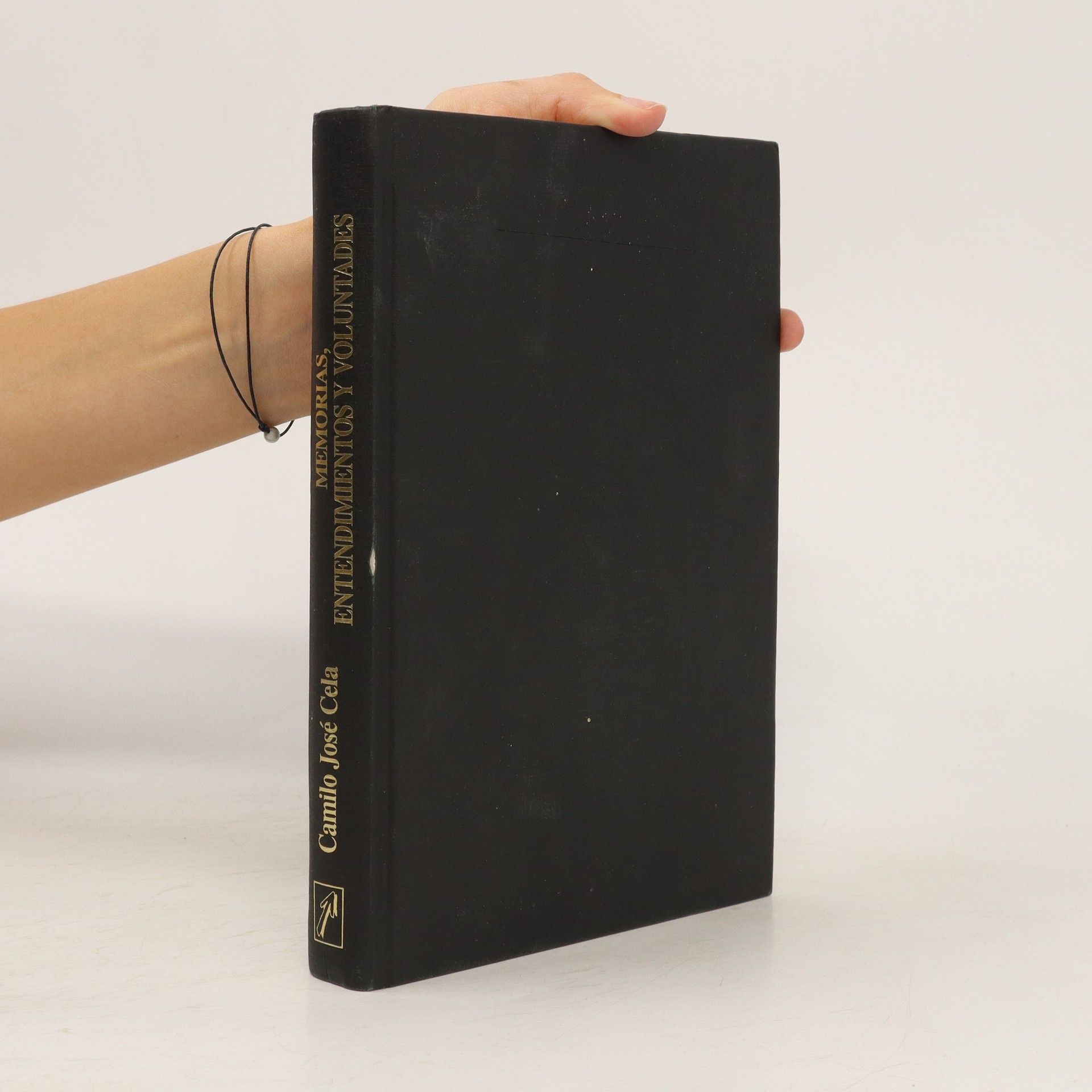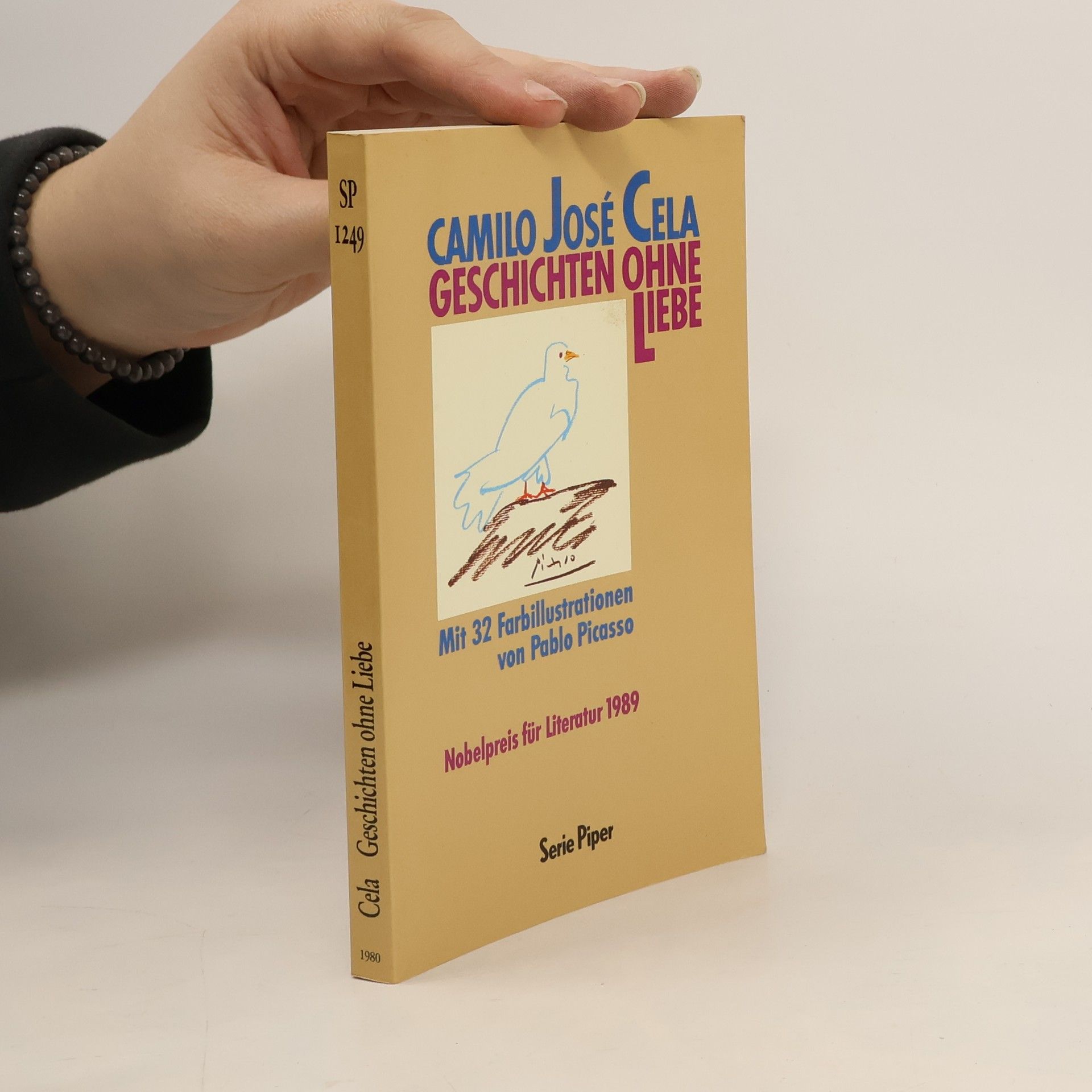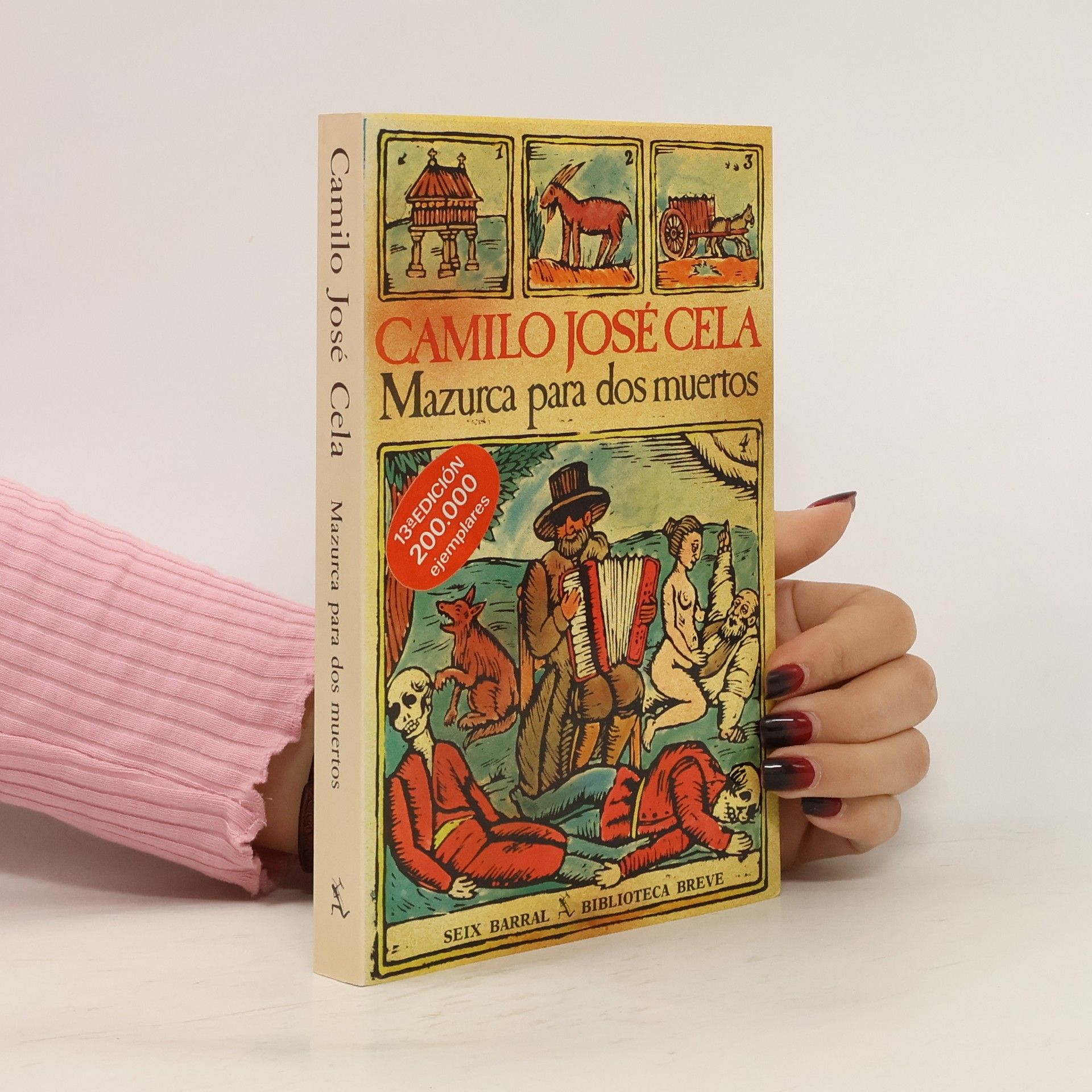The narrator, twenty years old, faces the dangers, hardships, and uncertainty of the Spanish Civil War
Camilo José Cela Livres
Camilo José Cela est célébré pour sa prose riche et intense qui, avec une compassion retenue, forme une vision stimulante de la vulnérabilité humaine. Son écriture se distingue par un style captivant et des aperçus profonds sur la condition humaine. Cela explore les complexités de la vie avec une honnêteté inflexible. Son héritage littéraire est marqué par sa capacité à captiver les lecteurs à travers des récits convaincants et une vision du monde provocatrice.


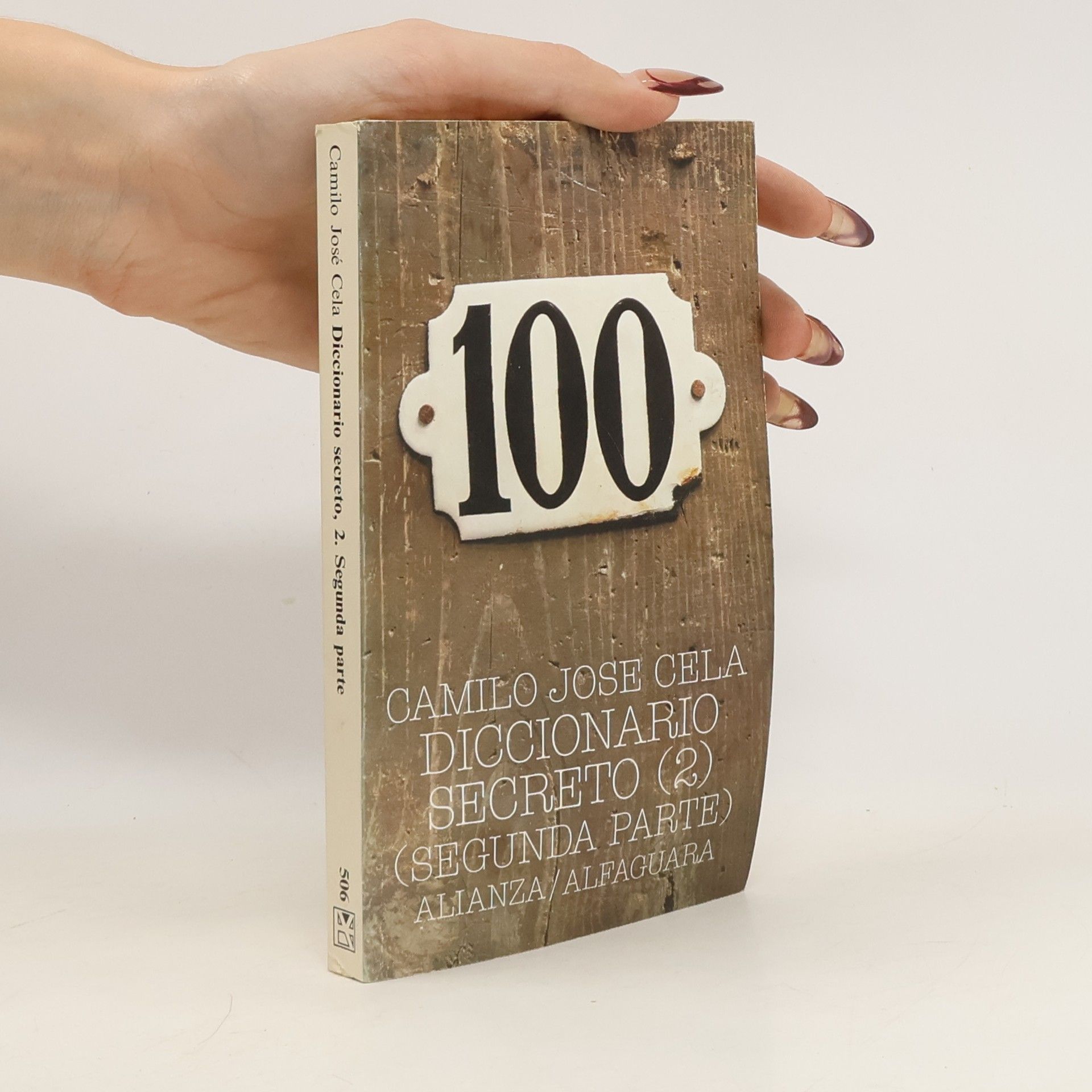


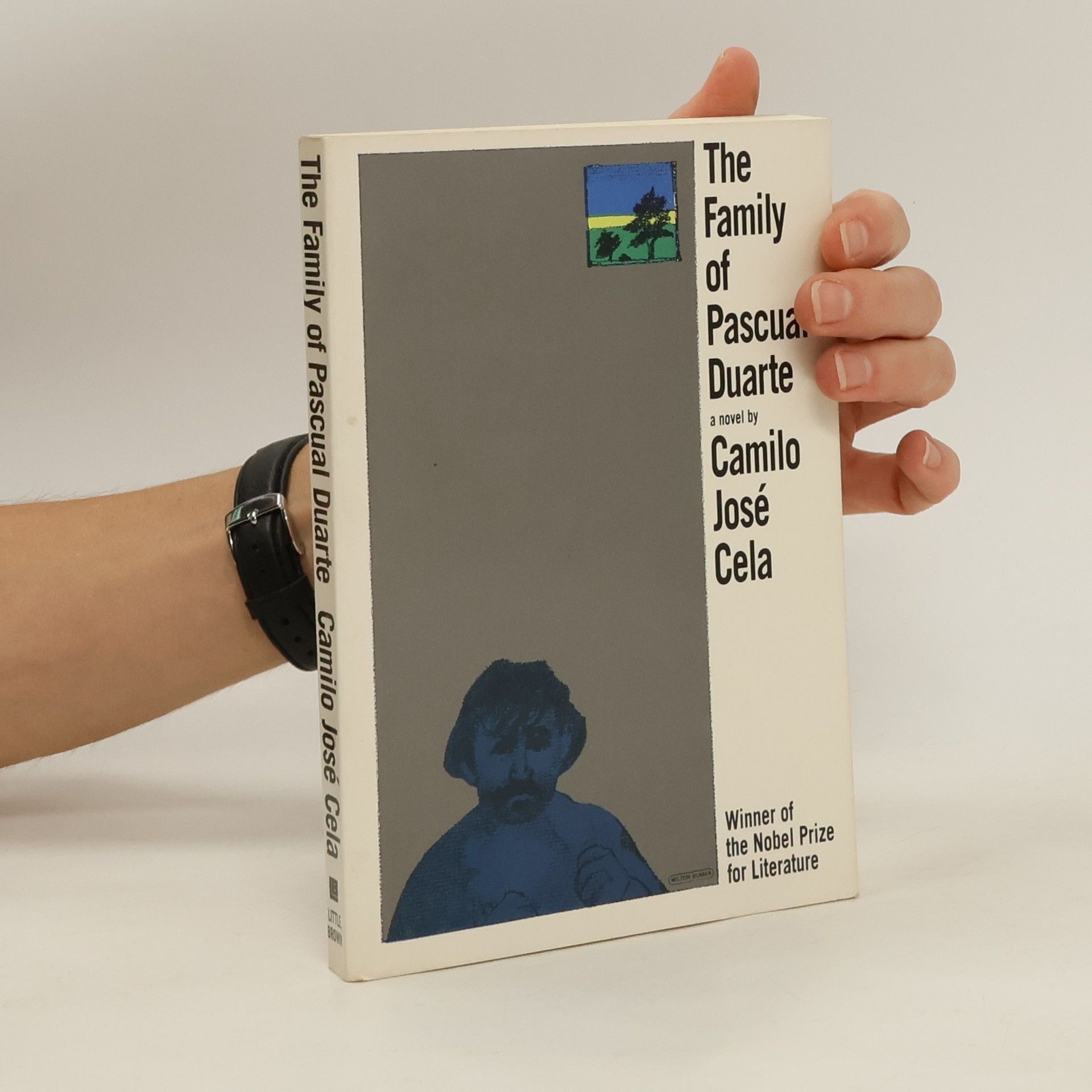
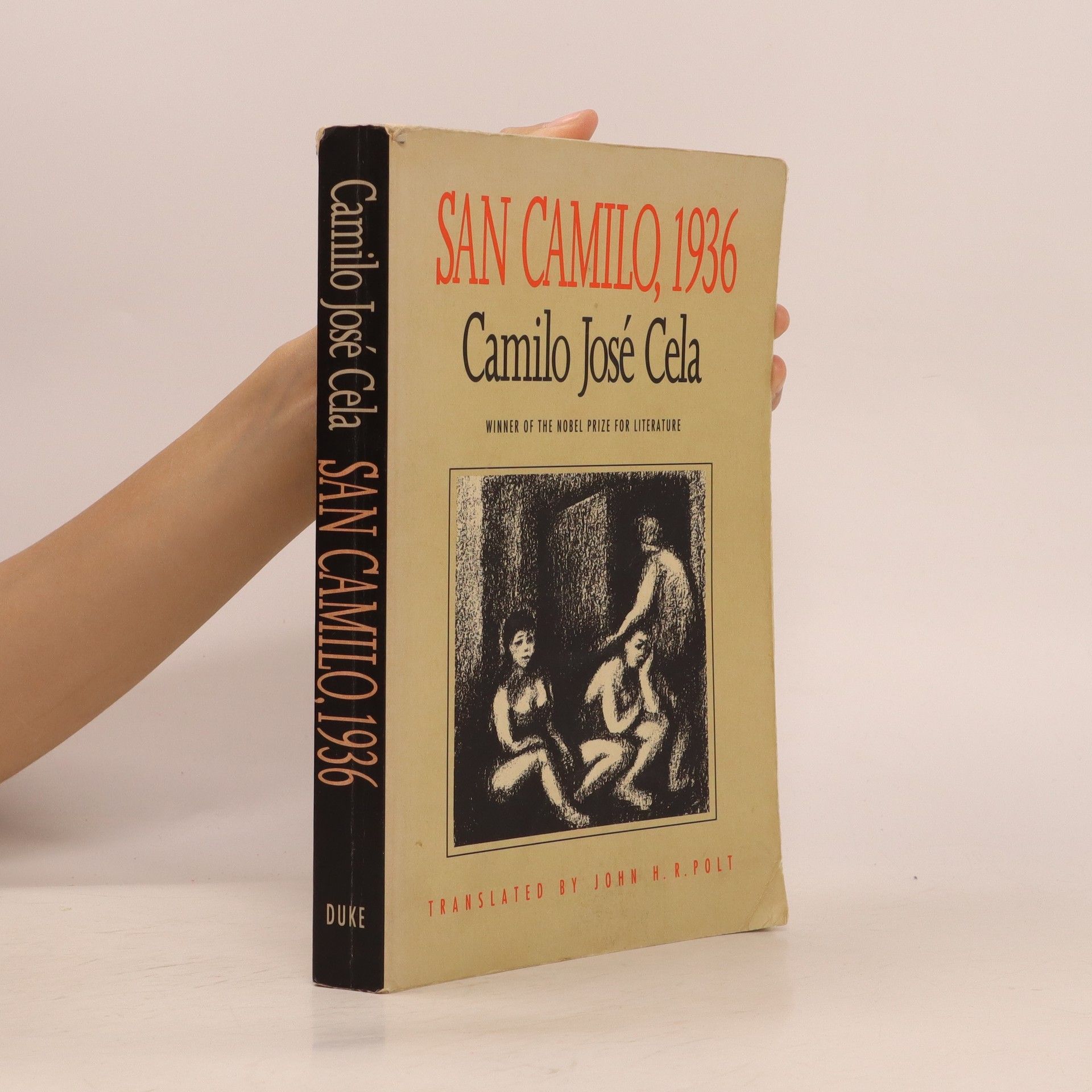
The Family of Pascual Duarte
- 166pages
- 6 heures de lecture
Cela was awarded the Nobel Prize for Literature in October 1989, and this novel is considered by many to be his masterpiece. It is the story of an ignorant Castillian peasant and multiple murderer, and it tells of the savage impulses behind his crimes and his redeeming characteristics.
Complete and uncensored in English for the very first time, a fragmented, daringly irreverent depiction of decadence and decay in Franco's Spain written by the 1989 winner of the Nobel Prize in Literature. The translator Anthony Kerrigan compared Camilo José Cela, the 1989 winner of the Nobel Prize in Literature, to Louis-Ferdinand Céline and Curzio Malaparte—all “ferocious writers, truculent, badly spoken, even foulmouthed.” However provocative and disturbing, Cela’s novels are also flat-out dazzling, their sentences as rigorous as they are riotous, lodging like knives in the reader’s mind. Cela called himself a proponent of “uglyism,” of “nothingism.” But he has the knack, to quote another critic, Américo Castro, of deploying those “nothings and lacks” to construct beauty. The Hive is set over the course of a few days in the Madrid of 1943, not long after the end of the Spanish Civil War, when the regime of General Francisco Franco was at its most oppressive. The book includes more than three hundred characters whose comings and goings it tracks to hypnotic effect. Scabrous, scandalous, and profane, The Hive is a virtuosic group portrait of a wounded and sick society.
El asesinato del perdedor
- 238pages
- 9 heures de lecture
Historia de un joven que se ahorco desesperado ante el acoso de una sociedad represiva y hostil, El asesinato del perdedor ?primera de las novelas escritas por Cela después de obtener el Premio Nobel de Literatura? constituye el nuevo e insuperable retrato de una España negra que todavía pervive.
Camilo José Cela emprende con este Diccionario secreto la necesaria y urgente tarea de rescate y conservación del lenguaje vivo destinado a recoger las voces que ostentan una filiación venérea, directa o indirecta, expresa o tácita. El tomo I reúne las pertenecientes a las «series Coleo y afines», mientras que el tomo II, agrupa las relacionadas con las «series Pis y afines».
En este libro Cela se lanza al camino para recorrer la histórica y tradicional Castilla la Vieja, recreándose en el paisaje y el paisanaje, en el habla popular, en sus decires y coplas, en sus historias cotidianas, en sus perspectivas vitales, en los pequeños accidentes geográficos y en la historia.
Mazurca para dos muertos
- 266pages
- 10 heures de lecture
Un asesinato y una venganza. La muerte de dos hermanos. La guerra civil, la barbarie, la violencia, la crueldad ciega e irracional. Una sexualidad primitiva, evidente, procaz. Galicia y la lluvia, la pertinaz lluvia como símbolo de la continuidad inmutable del tiempo. El finísimo e infalible oído de Camilo José Cela, su sentido de la sonoridad y de la rotunda música verbal, que impone cada pasaje no son sino una realidad irrefutable en virtud de su contundencia expresiva.
